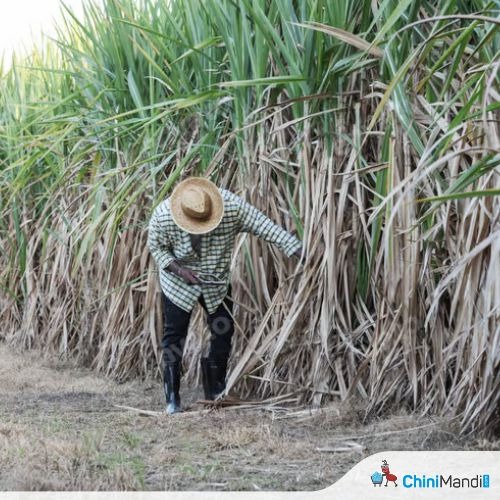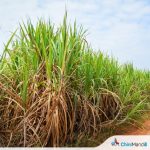With the Sanjivani sugar mill remaining shut and its much-promised revival stalled, a large number of sugarcane farmers have shifted away from cultivating the crop, turning instead to more profitable options like vegetables and fruits.
Moreover, among the few who still grow sugarcane, many have now taken to producing traditional local jaggery through small-scale, home-based units, according to a senior official from the agriculture department.
The prospects for reviving the State’s only sugar mill appear grim, as repeated efforts by the State government to attract bidders for establishing a modern ethanol plant at the site have failed to bear fruit.
Consequently, the number of farmers continuing with sugarcane cultivation has dropped significantly. The yield per hectare has also declined sharply, the official stated.
In 2022-23, sugarcane was grown across approximately 491 hectares. This figure fell by 45 hectares to 446 in 2023-24, and further reduced by another 48 hectares in 2024-25, bringing the total to 398 hectares.
Notably, the yield per hectare has been consistently decreasing.
Sugarcane is traditionally grown in Pernem, parts of Bardez, and Sattari in North Goa, while in South Goa it is more widespread across Sanguem, Dharbandora, Quepem, and Canacona.
However, a growing number of farmers in these areas have abandoned sugarcane farming in favour of cultivating vegetables and fruits. In Pernem, in particular, converting former sugarcane fields into banana plantations has become increasingly common.
Additionally, some farmers who still grow sugarcane in regions like Pernem and Sanguem have ventured into jaggery production, processing sugarcane juice into jaggery either on their farms or in small-scale units.












